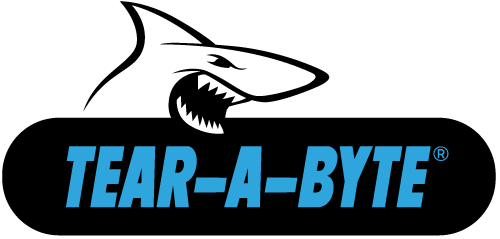When it comes to data destruction, merely having the right tools is not enough. Ensuring that your organization’s data destruction methods comply with NSA and NIST standards requires thorough training, precise execution, and diligent verification. This is especially critical for data-bearing devices (DBDs) containing sensitive or classified information.
Why Training and Verification Matter
Proper training, execution, and verification are crucial for compliant data destruction. Here’s why each component is vital:
- Data Classification on Data Bearing Devices: Many organizations neglect the crucial step of data classification on DBDs. Without this step, it’s challenging to determine the appropriate destruction method. Data classification ensures that the destruction method aligns with the sensitivity of the data, preventing inadequate data protection measures.
- Impact of Improper Training: Without proper training, data destruction can be executed incorrectly. This often leads to inadequate data sanitization and unverified processes, resulting in DBDs being sold on the world market with residual client and proprietary data. Proper training ensures that employees understand and correctly implement the necessary procedures to meet NSA and NIST standards.
- Risks of Hiring Non-Compliant Vendors: Many original equipment manufacturers (OEMs) and recyclers hire vendors who are neither compliant nor certified in data destruction standards. These vendors are unlikely to pass a data security audit, posing a significant risk to the organizations that rely on them. Working with certified vendors ensures that data destruction meets the highest security standards.
Key Takeaways:
- Conduct thorough data classification on DBDs to choose the appropriate data destruction method.
- Invest in comprehensive training programs to ensure all personnel understand and follow data destruction protocols.
- Verify the destruction process rigorously to prevent residual data from remaining on DBDs.
- Partner with certified and compliant vendors to mitigate risks and ensure adherence to NSA and NIST standards.
Effective data destruction requires a combination of proper training, execution, and verification. Ensuring compliance with NSA and NIST standards protects your organization from data breaches and legal consequences. Stay tuned for our next post, where we’ll delve into the different data destruction methods and how to implement them effectively.









